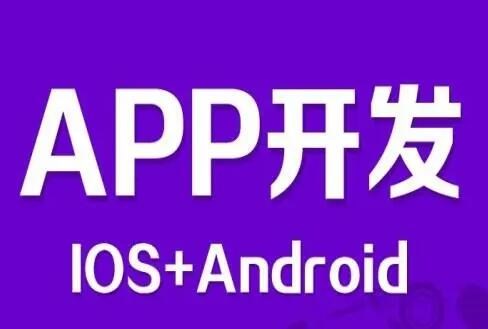中文化、本土化、云端化的在线跨平台软件开发工具,支持APP、电脑端、小程序、IOS免签等等
Title: A Comprehensive Guide to App Development on Macbook Air M1
Introduction:
The Macbook Air M1 is a powerful device that is gaining popularity among app developers. Its advanced architecture, enhanced performance, and compatibility with various development tools make it an ideal choice for app development. In this article, we will provide a detailed introduction to app development on Macbook Air M1, including its principles and a step-by-step guide for beginners.
I. Understanding the Principles of App Development on Macbook Air M1:
1. The ARM-based Architecture: The Macbook Air M1 is powered by an ARM-based chip, which offers improved energy efficiency and high-performance capabilities. We will delve into the advantages of this architecture and its impact on app development.
2. Compatibility with Xcode: Xcode is the main development tool for creating apps on macOS. We will explore the compatibility of Xcode with Macbook Air M1 and discuss its features and functionalities.
3. Virtualization for Non-native Apps: As the Macbook Air M1 uses an ARM-based architecture, certain non-native apps may not be compatible. We will discuss virtualization techniques such as Rosetta 2, which allow developers to run non-native apps seamlessly on M1.
II. Getting Started with App Development on Macbook Air M1:
1. Set Up Development Environment:
a. Installing Xcode: We will provide detailed instructions on downloading and installing Xcode on Macbook Air M1.
b. Configuring Xcode Preferences: Exploring the essential preferences and settings to optimize the development experience.
2. Selecting a Programming Language and Framework:
a. Swift: An in-depth introduction to Swift, Apple's preferred programming language for app development. We will cover the basics and highlight its advantages.
b. SwiftUI: A brief overview of SwiftUI, Apple's declarative UI framework, and its benefits.
3. Creating a New Project:
a. Step-by-step guide to creating a new project in Xcode, including selecting the appropriate template, configuring project settings, and adding necessary frameworks.
b. Exploring the project structure and understanding the key components.
4. User Interface Design:
a. Using SwiftUI: An overview of SwiftUI's powerful features for creating dynamic and interactive user interfaces. We will demonstrate building UI elements and layouts using SwiftUI.
b. Interface Builder: Exploring Interface Builder for designing user interfaces using Storyboards or XIB files.
5. Implementing Functionality:
a. Basics of App Lifecycle: Understanding the various states and stages of an app's lifecycle and handling app-related events.
b. Data Management: Exploring different approaches for data management, including local storage, cloud storage, and network requests.
c. Introducing SwiftUI Components: Step-by-step implementation of essential app features using SwiftUI, such as navigation, data binding, and animations.
6. Testing and Debugging:
a. Testing App on Simulator: Demonstrating how to run and test the app on the built-in simulator in Xcode.
b. Debugging Techniques: Exploring debugging tools and techniques for detecting and fixing issues within the app.
7. Deployment:
a. Preparing for App Distribution: Understanding the requirements and processes for distributing an app through the App Store or other channels.
b. Submitting to the App Store: A step-by-step guide to submitting the app to the App Store, including app provisioning, code signing, and app metadata setup.
Conclusion:
App development on Macbook Air M1 offers a rich and efficient development environment, enabling developers to create powerful and innovative apps. By understanding the principles and following the step-by-step guide provided in this article, beginners can confidently embark on their journey of app development on Macbook Air M1.





